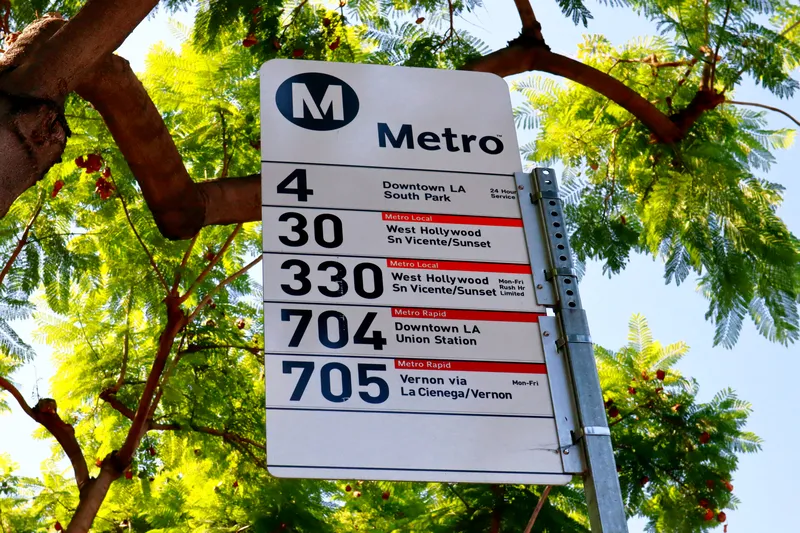The Michigan Department of Transportation (MDOT) has awarded a contract to Parsons Brinckerhoff (PB) for the design of a new fibre-optic communications network in metropolitan Detroit. The project is a multi-phase effort to build an MDOT-owned fibre-optic network for communications with the Detroit region’s intelligent transportation system deployment, including hundreds of closed-circuit television cameras, dynamic message signs and vehicle detection systems along regional freeways.
April 19, 2012
Read time: 2 mins
RSSThe 1688 Michigan Department of Transportation (MDOT) has awarded a contract to 4983 Parsons Brinckerhoff (PB) for the design of a new fibre-optic communications network in metropolitan Detroit. The project is a multi-phase effort to build an MDOT-owned fibre-optic network for communications with the Detroit region’s intelligent transportation system deployment, including hundreds of closed-circuit television cameras, dynamic message signs and vehicle detection systems along regional freeways. The system will link all of the existing network hubs and nodes, eliminating the need for existing leased communications services, and upgrading the existing wireless radio communications to high-bandwidth fibre-optic links for most of the field devices and remote network nodes. The project encompasses the full extent of the Detroit-area freeway system, including over 160kms of instrumented roadway.
As the prime consultant, PB is responsible for the overall design of the communications network. Its services will entail preparation of a design report and network migration plan, with recommendations for how to best phase roll-out of the system; development of conduit installation plans for dozens of miles of regional freeways; and design of fibre-optic plans, including cable routing, network sizing, splice points, and fibre allocation details. The design will include a minimum of two phases, with the first phase focusing on elimination of an existing leased fibre-optic service, and the second phase focusing on network redundancy and reduction of wireless linkages.
Construction of Phase 1 will commence in July 2013, with completion slated for late 2014.
As the prime consultant, PB is responsible for the overall design of the communications network. Its services will entail preparation of a design report and network migration plan, with recommendations for how to best phase roll-out of the system; development of conduit installation plans for dozens of miles of regional freeways; and design of fibre-optic plans, including cable routing, network sizing, splice points, and fibre allocation details. The design will include a minimum of two phases, with the first phase focusing on elimination of an existing leased fibre-optic service, and the second phase focusing on network redundancy and reduction of wireless linkages.
Construction of Phase 1 will commence in July 2013, with completion slated for late 2014.









